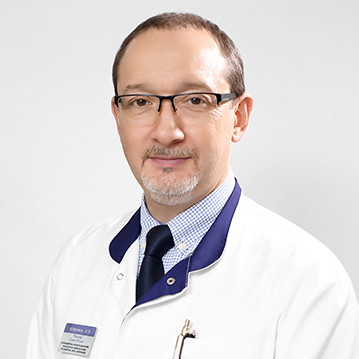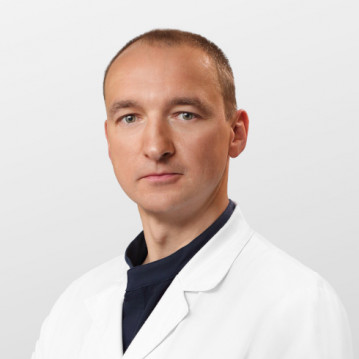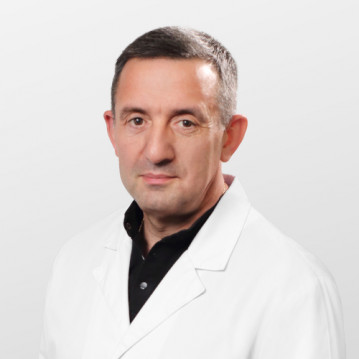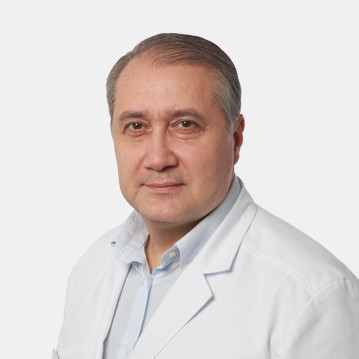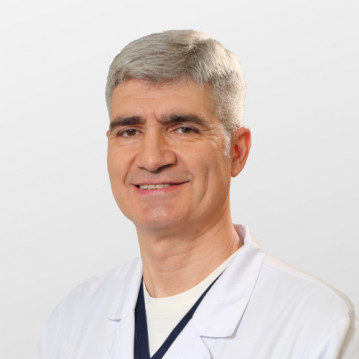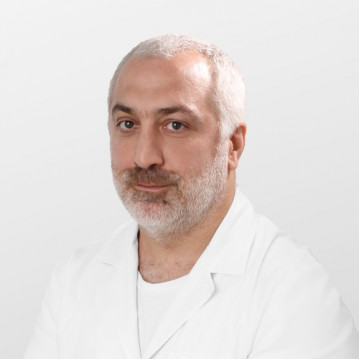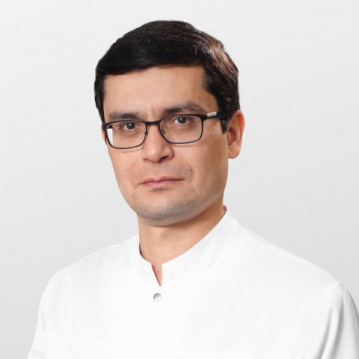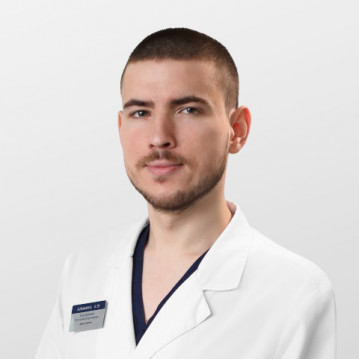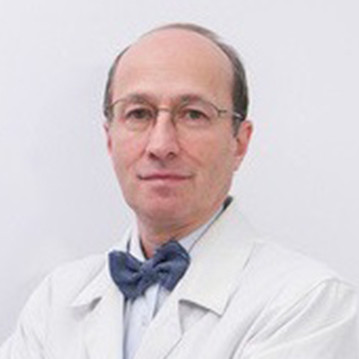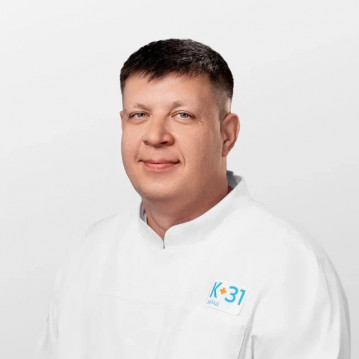A hydrocele is a progressive accumulation of serous secretion between the layers of the testicular membrane, which leads to a significant increase in the volume of the organ. Sometimes the pathology is combined with dropsy of the spermatic cord, which is called funiculocele. The anomaly occurs at any age, from birth to old age. The infantile condition is transient, the defect often disappears with the growth of the child. In adolescents, adult men, the disease requires treatment, as it never disappears and tends to progress.
In the article we will consider the problems of this pathology, causes and symptoms. Let's talk about the modern methods of treatment that we are ready to offer at the K + 31 clinic.
Features of pathology
A dropsy of the testicle in infants is a physiologically determined phenomenon that disappears by the age of one or two, without requiring medical correction. Help is needed only if there are complications or concomitant diseases - for example, scrotal hernia, infringement, inflammation.
- 1-6% of newborn full-term boys are diagnosed with this anomaly. Premature babies are at higher risk.
- 5-66% of preschool children retain the pathology, so they are given appropriate treatment.
- The defect occurs in 1% of men of childbearing and older age.
However, swelling of the scrotum is a common symptom of other pathologies:
- Scrotal hernia.
- Inflammatory process: orchitis, epididymitis.
- Cysts.
- Neoplasms.
- Injury of the cord.
- Varicocele
For an accurate diagnosis, you will need not only an examination, but also the use of hardware and laboratory research methods.
The amount of liquid can be 50-200ml. But there are cases when there is an accumulation of volume up to one, three liters. This greatly complicates not only the human condition, but also the performance of ordinary affairs. Movement, the ability to work, to lead a sexual life become problematic.
Causes, types of disease
The classification of dropsy of the testicle in men is based on the characteristics of the causes, degree. Urologists distinguish several groups to determine the pathology.
By occurrence:
- Physiological (in children of the first year of life).
- Congenital (in preschoolers).
- Acquired (from preschoolers, schoolchildren, adolescents, adults).
The innate form is split into:
- Insulated; or simple.
- Communicating.
Purchased are divided into:
- Post-traumatic.
- Postoperative. For example, a hydrocele after a varicocele, especially operated on with the classical technique with open access.
- As a complication of inflammatory processes.
- A consequence of lymphostasis.
- Violation of fluid absorption by the membranes of the organ, blood vessels.
Driving dropsy happens:
- Increasing, chronic.
- Acute onset.
By involving the parties:
- Left side.
- Right side.
- Double-sided.
By liquid volume:
- Small. The amount of discharge is no more than the organ itself.
- Medium. The liquid content occupies the volume of 3-4 testicles.
- Big. Liquids over 200-300ml.
- Giant. Volume - 1-3 liters. There are cases when the liquid reached the amount of 23-26 liters.
It is not uncommon for situations where the exact causes of an acquired anomaly cannot be established. Then they talk about the idiopathic form.
Secondary pathology can occur against the background of serious chronic diseases - for example, damage to internal organs with insufficiency of the kidneys, liver, cardiovascular system, arterial hypertension. Testicular hydrocele is more often observed in parallel with hemorrhoids, varicose veins of the lower extremities.
Symptoms of hydrocele
The most common variant of the course of the disease is asymptomatic. Even with a significant increase in the scrotum, pain may be absent.
Pathology can be suspected by the following signs:
- Visible enlargement on one or both sides.
- On palpation, the testicle is difficult to determine. Fluctuation is felt, the presence of liquid under the membranes.
- Exceeding the amount of exudate of 200-300 ml leads to soreness in this area due to compression of the surrounding tissues, testicles.
- The progression of the disease causes erectile and sexual dysfunction in adults.
- The scrotum hurts more during sports, physical exertion, sudden jumps, pressure drops (for example, on an airplane).
- Enlargement of regional lymph nodes can be observed in the advanced stage of the disease.
- Problems with urination: urinary retention, false urges, etc.
With orchitis, reactive dropsy can occur, manifested by symptoms:
- Sharp pain.
- Redness of the skin, high local temperature.
- Increase in general body temperature, fever, signs of general intoxication.
With a communicating cavity, fluid can flow out during sleep, so when you wake up, you may notice a decrease in the scrotum. The accumulation of fluid in several chambers along the inguinal canal is externally manifested by the relief of an hourglass.
